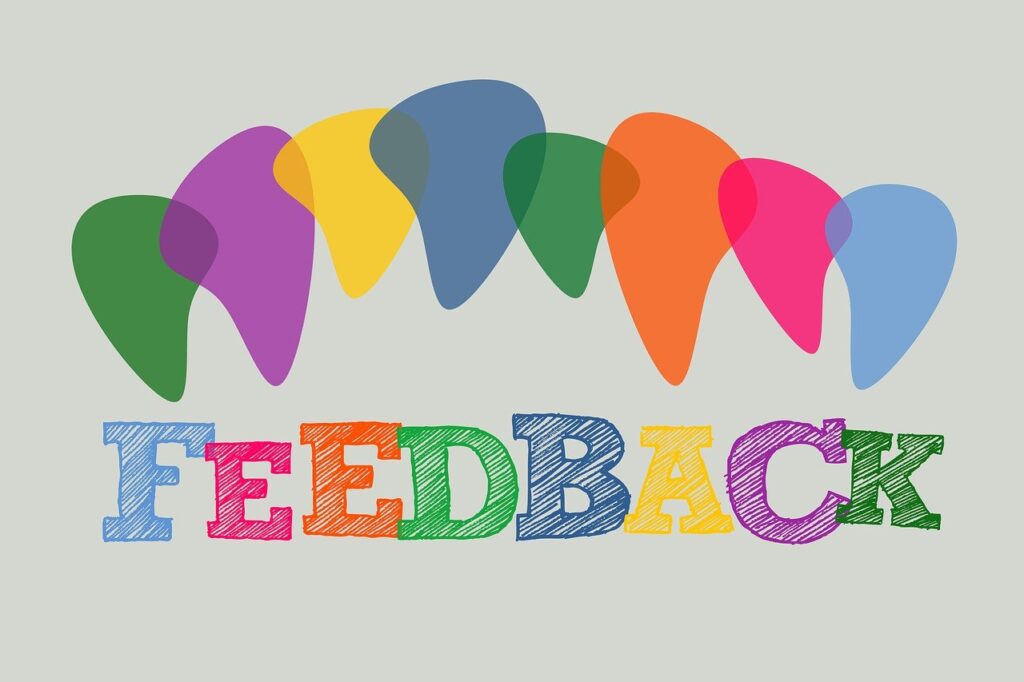A leader’s singular job is to get results.
As a leader, recognising how individuals behave and change when part of a group can significantly impact your ability to guide your team towards success. A group can be two or more individuals who are connected to each other for a purpose. Because they interact and influence each other, groups develop a number of dynamic processes that separate them from a random group of individuals.
Understanding this can help you to avoid common mistakes, and to have a positive effect on your leadership. Leaders who understand group dynamics can anticipate how individual behaviour may shift in a group setting. This allows you to proactively address potential issues and capitalise on positive changes.

Mistake #1 – Not supporting the team to identify and resolve problems
Sometimes it is not obvious when people are not fulfilling their responsibilities. So being mindful that it can happen is step one. Then looking beyond the facde and leaning into clues such as:
- Blame shifting. Consistently attributing mistakes and failures to others or external factors.
- Making excuses regularly – they may often say “It’s not my fault” or “That’s unfair” to deflect responsibility.
- Missing deadlines without valid reasons.
- Lack of engagement or lacking interest in their work, and in the well-being of the team
- Avoiding challenging tasks and projects: and not taking risks.
- Regularly complaining about perceived unfair treatment by team leaders and team members – and engaging in self-pity
- Difficulty accepting constructive criticism or suggestions for improvement.
- Avoiding taking initiative, and being dependent on others for work, advice and instructions
Allocation of responsibilities helps the team achieve its goals and the team members take responsibility for their individual roles.
To promote accountability and team success, leaders should:
- Ensure each team member understands their specific responsibilities and how they contribute to the team’s goals.
- Understand how the roles interrelate in the achievement of the team’s goals
If the expectations are unclear, then the team member may inadvertently underachieve, thus hampering the successful achievement of the team goals.
Mistake #2 – Avoiding Conflict
Leaders often shy away from addressing conflicts, fearing that confrontation will disrupt team harmony. Patrick Lencioni discusses five dysfunctions of a team; one of them is
Fear of Conflict
- Artificial Harmony
- Do not confront tough issues
- Lacks transparency which drives confusion
- Staff are fearful to voice concerns, ideas or opinions
The effectiveness of a group to a great extent is affected by the level of conflict among group members and the quality of their communication. Unresolved issues can fester and lead to larger problems down the line.
To mitigate this mistake, leaders should adopt a proactive approach to conflict resolution. This involves addressing issues promptly and directly, while maintaining a focus on constructive dialogue.
As you team works on the various issues that have been raised, some issues are resolved quickly and others take more time. You will also encounter that the “answer” to issues will be incredibly varied. Issues will need to be prioritised and worked on sooner than others.
By creating a culture that encourages open communication, leaders can help their teams navigate conflicts more effectively.
Communication is vital to ensure issues are being managed and dealt with. A clear understanding of who is responsible for the actioning of the issue and the scope in which they have to resolve it. The outcomes or status of the issue should be relayed to the team as a part of the communication process.
Mistake #3. Not Providing Feedback
Failing to give regular feedback is a significant oversight that can hinder employee development and morale. Many leaders only provide feedback during formal reviews, missing opportunities for real-time guidance and recognition. To counter this, leaders should establish a routine of continuous feedback, both positive and constructive. This approach clarifies expectations and helps employees understand their strengths and areas for improvement, ultimately enhancing overall performance.
Help team members meet their goals by offering clear direction and guidance through regular feedback, one-on-one meetings, and clear instructions. This ensures that employees are aligned with the team’s objectives and understand their individual contributions.
Feedback and advice are essential means of communication and information transfer. Assisting team members to excel involves providing them with timely, accurate, and constructive feedback on their performance. This not only addresses areas needing improvement but also reinforces positive behaviours and achievements.
Feedback should not only occur when there is a problem and it is important you let your team members know when they are doing a great job. Positive feedback serves as a powerful motivator and communicates to employees that their efforts are valued.
Feedback Mechanisms
Effective feedback can be delivered through various mechanisms, including:
- Meetings: Regular team meetings and one-on-one sessions provide opportunities for direct feedback and discussion.
- Interviews: Conducting periodic performance reviews or check-ins to offer detailed feedback.
- Brainstorming Sessions: Collaborative sessions where team members can give and receive feedback in a group setting.
- Email/Intranet Communications: Written feedback through emails or internal communication platforms for ongoing guidance.
- Notice Boards: Public recognition of achievements and areas for improvement displayed in common areas.
Continuous Feedback Loops
Implementing continuous feedback loops can significantly enhance the manager-employee relationship and overall organisational performance. Benefits of Continuous Feedback
- Enhanced Engagement: Regular feedback keeps employees engaged and motivated by making them feel heard and valued.
- Improved Performance: Continuous feedback helps employees understand their performance in real-time, allowing for immediate adjustments and growth.
- Stronger Relationships: Ongoing feedback fosters trust and open communication between employees and leaders.
